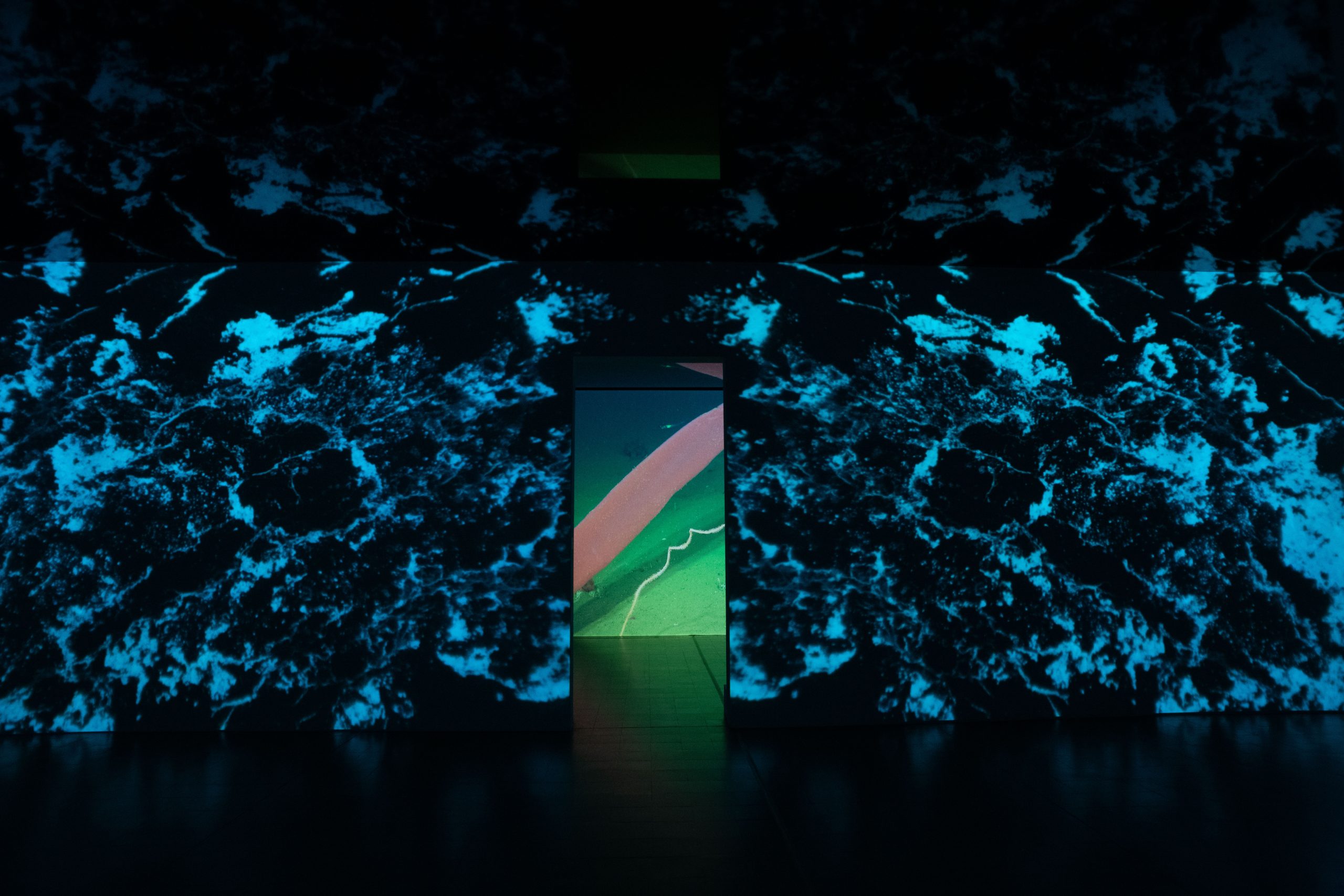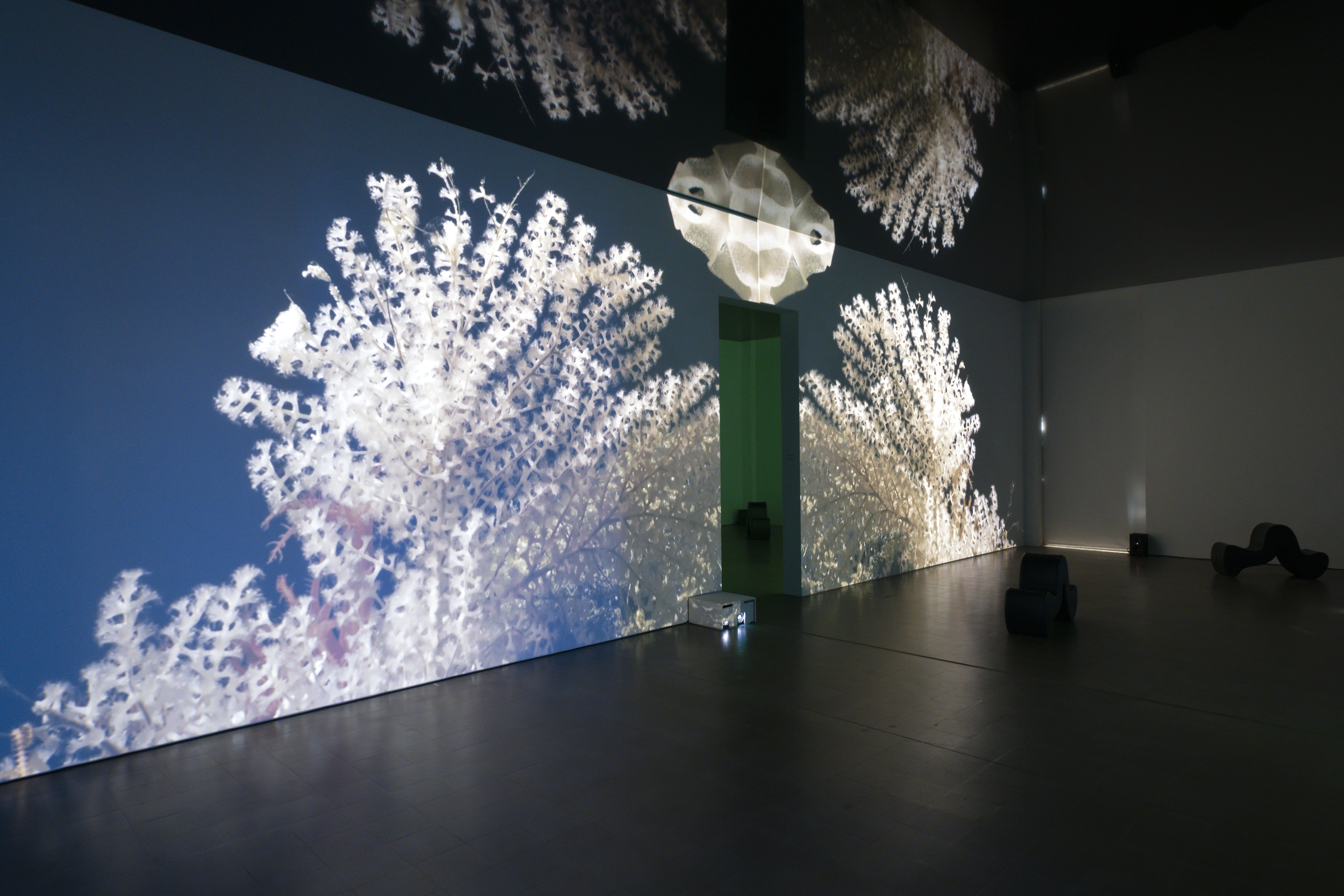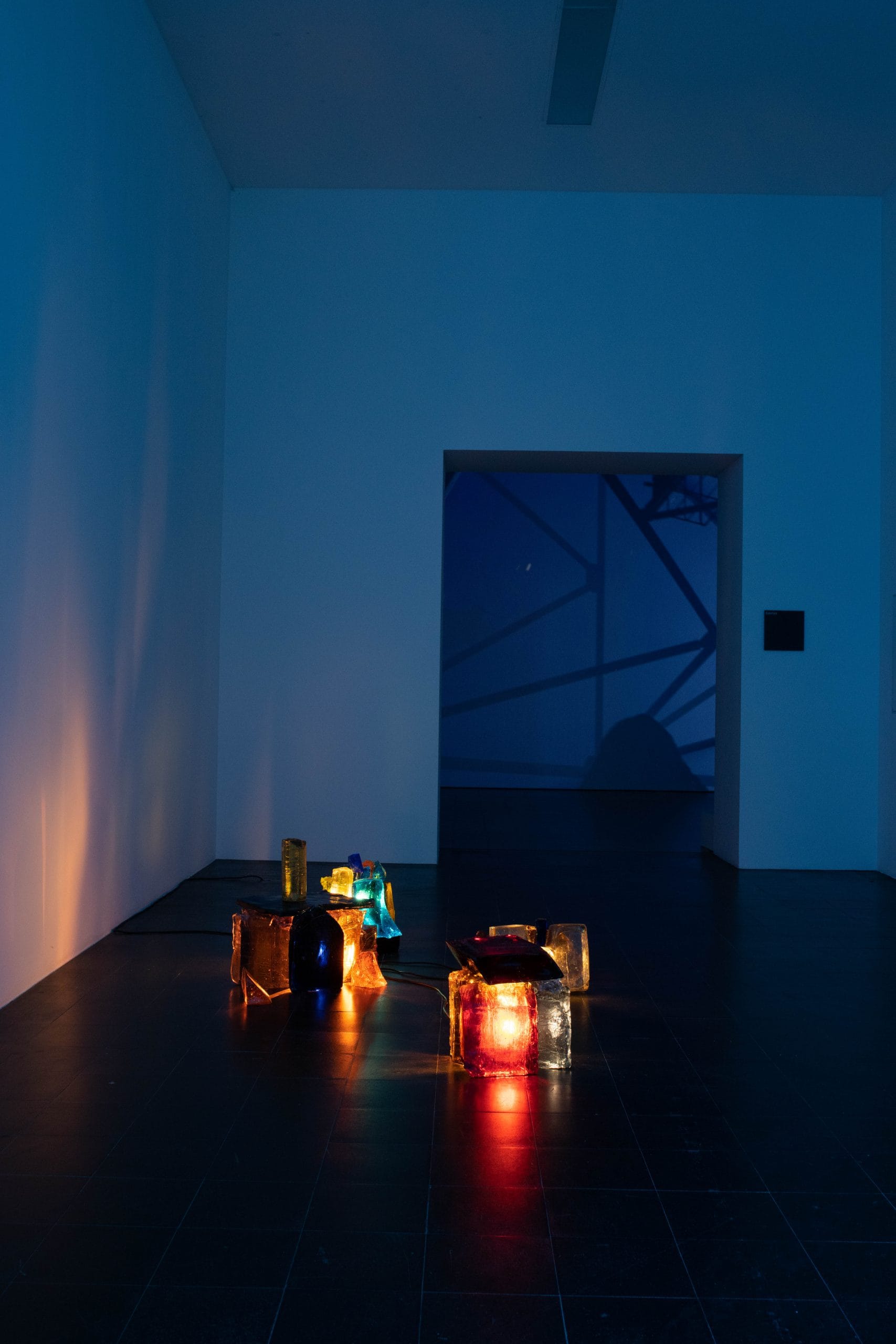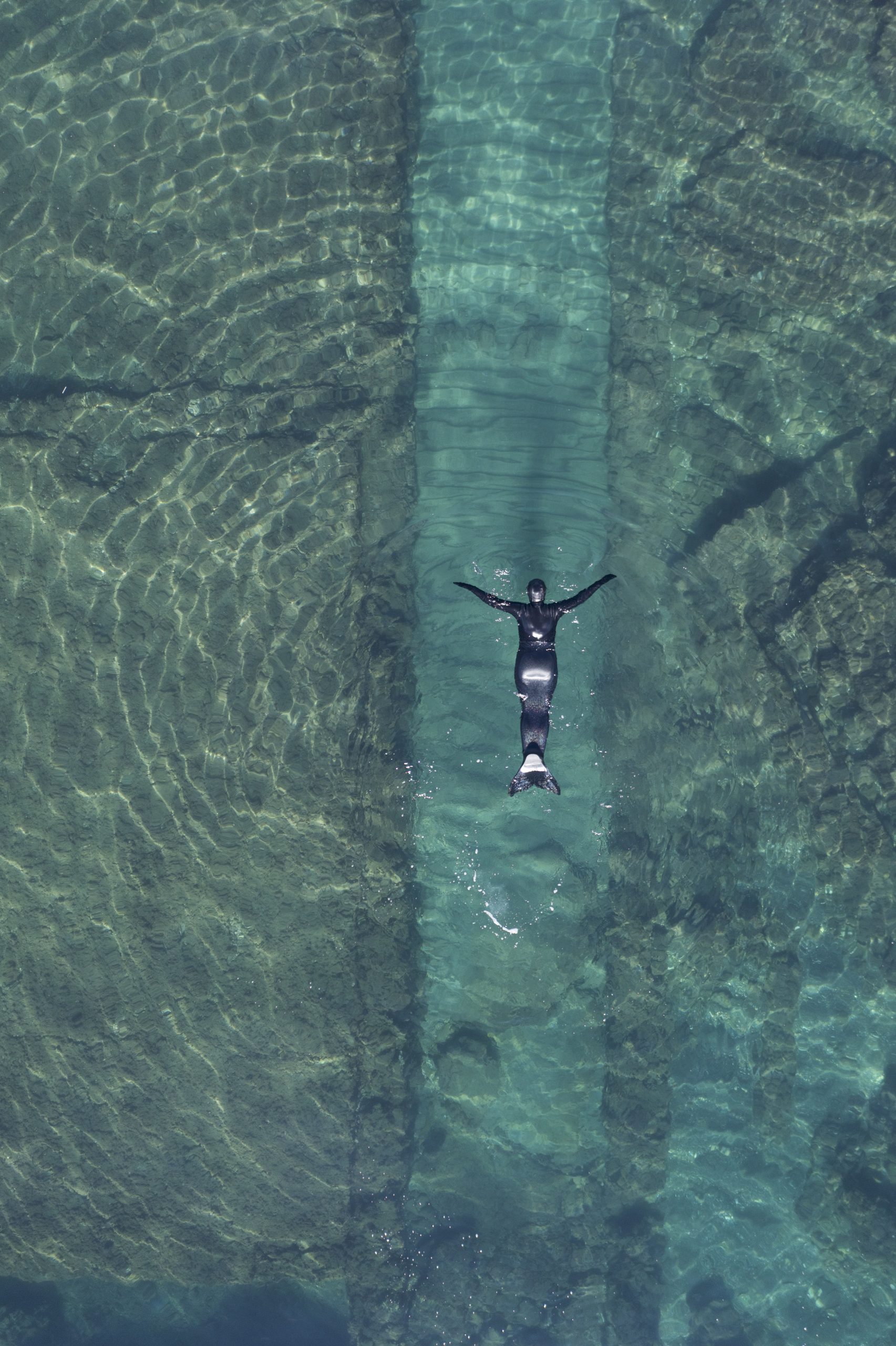
- - MASP EXHIBITION - VIDEO ROOM: EMILIJA ŠKARNULYTĖ (BR), 10.10.2025 - 11.23.2025
- - THE NEW ORCHESTRA. GROUP SHOW AT MUSEO DELLA MONTAGNA (IT), 30.10.2025 - 31.05.2026
- - BALTIC | ESCAPING WITH ČIURLIONIS SYMPOSIUM AT YALE MACMILLAN CENTER (US), 30-31.10.2025
- - SOLO SHOW: EMILIJA ŠKARNULYTĖ - KUNSTHAUS GRAZ (AT), 08.11.2025 - 15.02.2026
- - MARINE ECOLOGIES EXHIBITION AT BALTIC (UK), 8.11.2025 - 03.05.2026
- - MUNCH TRIENNIAL ‘ALMOST UNREAL’ (NO), 15.11.2025 - 22.02.2026
- - SOLO SHOW AT TATE ST IVES (UK), 06.12.2025 - 12.04.2026
- - IMMERSIVE SINGLE-CHANEL PIECE BY EMILIJA ŠKARNULYTĖ (CH), 22.08.2026 - 08.11.2026

- Riparia
- Hypoxia
- Penumbra, Fondazione in Between Art Film, 2022
- Chambers of Radiance, Radvila Palace Museum of Art, 2022
- Eternal Return, Tate Modern, 2021
- t 1/2, Den Frie Centre of Contemporary Art, 2021
- Sunken Cities, Kunsthaus Pasquart, 2021
- Circular Time. For Aleksandra Kasuba, National Gallery of Art, 2021
- Chambers of Radiance, The PinchukArtCentre, 2020
- Screen City Biennial, 2019

Emilija Škarnulytė is a Lithuanian-born artist and filmmaker. Working between the realms of the documentary and the imaginary, Škarnulytė makes films and immersive installations exploring deep time and invisible structures. She works in realms that range from the cosmic and geological to the ecological and political.
She most recently presented works at MoMA PS1, Palais de Tokyo, Louisiana MoMA, Villa Medici, MORI Art Museum, Kiasma, Gwangju Biennale, Helsinki Biennale, Penumbra. Her work was presented in solo exhibitions at Kunsthall Trondheim (2024), Canal Projects, NYC (2024), Kunsthaus Göttingen (2024) Ferme-Asile, Sion (2023); Kunsthaus Pasquart, Biel/Bienne (2021); Den Frie, Copenhagen (2021); National Gallery of Vilnius (2021); Künstlerhaus Bethanien, Berlin (2017); Contemporary Art Centre CAC of Vilnius (2015). An upcoming show at Tate St Ives will open in October 2025.
Prizes awarded to her include the 2023 Ars Fennica Award and the 2019 Future Generation Art Prize. She represented Lithuania at the XXII Triennale di Milano and participated in the Baltic Pavilion at the 2018 Venice Architecture Biennale. She has films in the collections of the Centre Pompidou, Kadist Foundation, Kiasma, Fondazione in between Art and Film, IFA, HAM, FRAC Corsica, LNMA, MO Museum, and private collections. Her works have been screened at the Tate Modern and Serpentine Gallery in London, Centre Pompidou in Paris, Museum of Modern Art in New York, and numerous film festivals, including Oberhausen, Visions du Réel, Rotterdam, Busan, among many others.
She is a founder and currently co-directs Polar Film Lab, a collective for analogue film practice located in Tromsø, Norway and is a member of the artist duo New Mineral Collective.



Kunsthaus Pasquart, Biel / Bienne, Switzerland
2021 07 03 – 08 29
«Hold your breath. Drop. Dive. Open your eyes. Leave your body at the surface. You are now all eye, like a drill; all tail, like a fish. What are you trying to extract, to mine from your cool liquid entry? You pass, cool as a camera with your lens of language, through dry corridors of nuclear seas, liquid hallways of sunken cities, strange scaffolding of deep-sea mining, sculptural figures of destroyed empires. Your dry eye reaches for: Mosaics of the sea floor or mosaics of the control room; a body slithering, snakelike, over its nuclear control panels. Elsewhere, in another deep, jellyfish are loose and luminescent and labouring as flowers articulating the black. Architectures rise like language inside you, lean and lucid or marmoreal and voluptuous, each writ across the wet pages of southern bodies of water, dry pages of northern bodies of tundra. […]
Who brought you here? Some mermaid archaeologist, some modern undine, some artist-as- siren-as-museum guide. Some body as soundwave, as cognition only. What cities are sunk deep inside you? […] Mosaic, neoprene, saline, chlorophyll, oil, mineral, sex, empire, bivalves, shifting tectonic plates, shifting desires, some ancient volcanic basin. […] You are not pillaging the sunken city, though, you are swimming it. Now count before you go deeper into it: one, two, three, four, five—now go.»
Quinn Latimer on Emilija Škarnulytė’s Sunken Cities (2021)
In Škarnulytė’s films of the last few years places often appear in which contemporary political issues are negotiated, fluctuating between human and non-human worlds and erasing the boundaries between geological, ecological and cosmic powers. She touches on fundamental problems of our historic period: climate change and the future of humankind. She confronts these with the filmic exploration of varied narratives, which at the same time remain open but merge with one other. The artist takes herself on a search for truth, showing us an anthology composed of different histories. Škarnulytė’s poetic stagings leave behind a feeling of contemplative anxiety, generated by the encounter with everything that is larger than us, larger than life – a threatening climate catastrophe, natural phenomena, ideological constructions, gigantic scientific (infra)structures and human knowledge that leave indelible inscriptions and scars on the planet.
Curator Stefanie Gschwend





